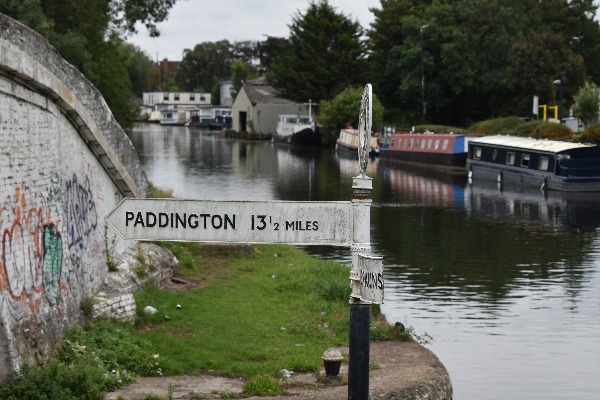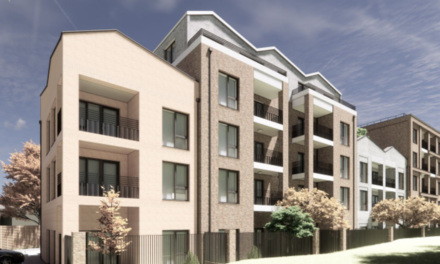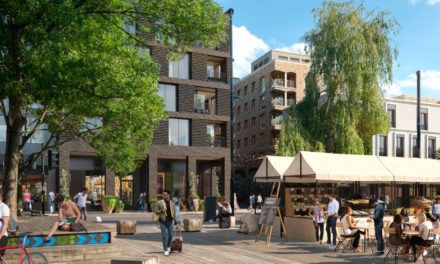An eye on the London Elections by Pavitar K Mann, associate director, DevComms.
As we gear up towards the local elections taking place in May, many in the industry will look towards London and the impact of these elections on development in the capital. Development issues are often high on the agenda in London elections – many will remember Russell Brand’s intervention in the Carpenters Estate regeneration plans in Newham starting in 2014, the result of which saw the new Mayoral candidate pledge to scrap the existing joint venture ahead of the 2018 elections. Coupled with other examples of controversy surrounding the West Hendon estate regeneration plans in Barnet, or the Momentum takeover of Haringey Council over the outcry of the Haringey HDV (which led to the new leadership immediately scrapping the £2billion project), local development issues are often at the forefront of London elections.
The upcoming London elections will likely also be seen a major test for the leadership of Boris Johnson, with fears within the party that the Conservatives may be on track to lose some of their ‘flagship’ boroughs. In January 2022, Conservative peer Robert Hayward, citing recent polling, highlighted his fears that the Tories risked losing control of Wandsworth, Westminster, Barnet and Hillingdon – four of the seven boroughs that the Conservatives currently control. It’s worth noting that this prediction was made prior to the Sue Gray interim report being published, prior to confirmation that the Metropolitan Police would be investigating alleged lockdown breaches at Downing Street and the release of photographs and further allegations of lockdown breaches. The national polling certainly indicates a dour outlook for the Conservatives, but it is inevitably more nuanced than that with hyper-local issues, including aforementioned development and housing, at the forefront of the campaigns.
These seats were last contested in 2018, where the Tories finished with 508 councillors, their lowest ever tally of seats in a London wide election. Whilst they should by no means be written off, couple this low starting point, with the recent revelations and unfavourable polling, if some of these previously Tory stronghold boroughs were to be lost, it is difficult to see how this could be anything but disastrous for Boris Johnson’s leadership.
This may lead you to think that Labour are feeling buoyant about their chances in the upcoming elections. Indeed, Labour often leads the way in London, with a recent Yougov poll on Westminster voting intentions putting Labour on 55 per cent in London. The last elections saw Labour’s best result in London in 45 years. However, Labour activists are trying to effectively manage expectations amongst their base, erring on the side of caution, and demonstrating perhaps a more muted cautious optimism within some of their target boroughs.
One important thing to note is that 25 of the 32 boroughs are under new ward boundaries, with many new candidates set to be fighting this set of elections. For the majority of boroughs, we cannot look at predictions on a like by like ward basis which will undoubtedly throw up some surprises. Labour candidates are being selected as we speak and the amount of new faces shouldn’t be underestimated. These elections were last fought under the leadership of Jeremy Corbyn, which like it or not would have had an impact in some boroughs that the party might have hoped to win last time, such as Barnet with its significant Jewish population. Significant effort has been made by some local parties to clear candidates who were supportive of the previous leader and some councillors, who held off standing down during that period of internal party uncertainty during 2018, perhaps feeling that the party is in a more stable position under Keir Starmer, have now cleared the way for a new generation of activists to lead the way. There is a focus on potential Labour gains but we mustn’t forget the potential of Labour losses. With Labour controlled Croydon having declared a s.114 and unpopular decisions in other Labour controlled boroughs, the party needs to ensure it doesn’t get complacent in its pursuit for a Tory scalp.
Another issue that Labour has historically faced in some of these so-called Tory strongholds is the distribution of the Labour vote. We could easily see a situation in which the Labour Party wins the popular vote across the borough as a whole but this does not equate to a majority of seats – particularly pertinent in boroughs such as Westminster. The 2018 result saw Labour secure 41.1 per cent of the vote, compared to the Tories 42.8 er cent but given the aforementioned distribution, this equated to only 19 seats compared to the Conservative’s 41.
In summary, Labour would certainly expect to make some gains at the expense of the Tories, but whether it will it top the high of 2018 or actually result in a change in control at any of the flagship boroughs remains to be seen. We shouldn’t underestimate the Conservatives and their razor focus on holding on to the boroughs it current holds whilst certainly looking at a serious challenge to gain the new Croydon Mayoralty. Candidates are being confirmed as we speak and as we approach the short campaign, we will soon have a better idea of the battlegrounds the local parties are choosing to fight on. Devcomms will provide more detailed analysis in some of the key target boroughs for each of the parties in the coming weeks.
© London West (powered by ukpropertyforums.com).
Sign up to receive your free bi-weekly London West journal here








